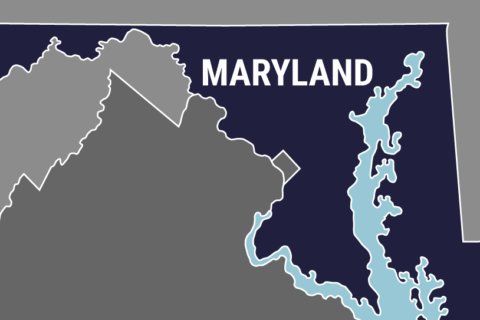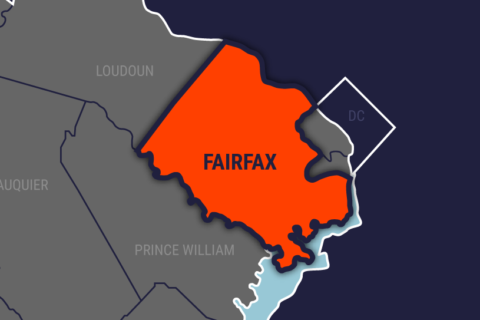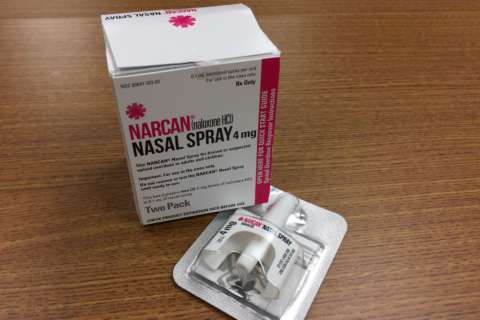WASHINGTON — The police chiefs of the D.C. region’s two largest counties both say the opioid crisis is at the top of their concerns.
Officers in Fairfax County, Virginia, and Montgomery County, Maryland, are responding to more overdoses, and their chiefs said that they’re treating the growing trend as a social issue, rather than an issue of criminal justice.
“In 2017, the year is not finished yet, and we’re up over 60 deaths due to opioid overdoses. We have had probably three times that many saves,” said Montgomery County Police Chief Tom Manger.
Good Samaritan laws have helped in overdose reporting, he said, which in turn increases the time officers have to administer the lifesaving antidote naloxone and pull someone back from an overdose. Manger said he was proud that the county was leading the way in steering addicts from the criminal justice system and toward the help they need.
“I think, from the law enforcement side, we’re doing the right thing in terms of not thinking that incarceration is the answer to this problem. We have social workers who respond out to these calls with our police officers, and we immediately start to get these folks into treatment,” he said.
In Fairfax County, where overdoses also claim more than a life a week, Chief Edwin C. Roessler said a task force is in place to combat rising opioid addictions.
“We have overdoses every day; we have several deaths a week, and the opioid epidemic is not only a police problem — it’s a medical problem. It’s a social issue, and the police department is trying to partner with other agencies for prevention and education to stop this crisis,” he told WTOP.
But the problem is getting worse, Roessler said, as the region’s heroin supply is being infiltrated by fentanyl, a drug 100 times more potent.
“It’s coming in through the dark side of the internet and also being shipped through shipping companies. It’s a very hard problem to detect and combat through the shipping of the product. It’s overwhelming us nationally,” Roessler said.








